“I paint self-portraits because I am so often alone, because I am the person I know best.”
Frida Kahlo

Frida Kahlo is undeniably beautiful in this Modigliani-like 1926 self-portrait, and why not at 19 years-old. Yet it was only a year after her near-fatal tram accident. It’s not an idealized painting; it’s a photograph hand colored in oil by Frida.
Self-Portrait Wearing a Velvet Dress greets you in the entrance hall of Casa Azul fittingly alongside that of her famous photographer father. Casa Azul is the house her parents built in Mexico City where Frida was born, lived and died. It’s the “lived” part that created a legend.
Countless books and films document a turbulent and creative life that near-death simply sparked. In a recent visit to Casa Azul, a museum to all that was important to her, five images stayed with me. A prolific writer, Frida was known for her wit and insights. In her own words Frida provided for me a frame for the image I was remembering.
“I never paint dreams or nightmares. I paint my own reality.”
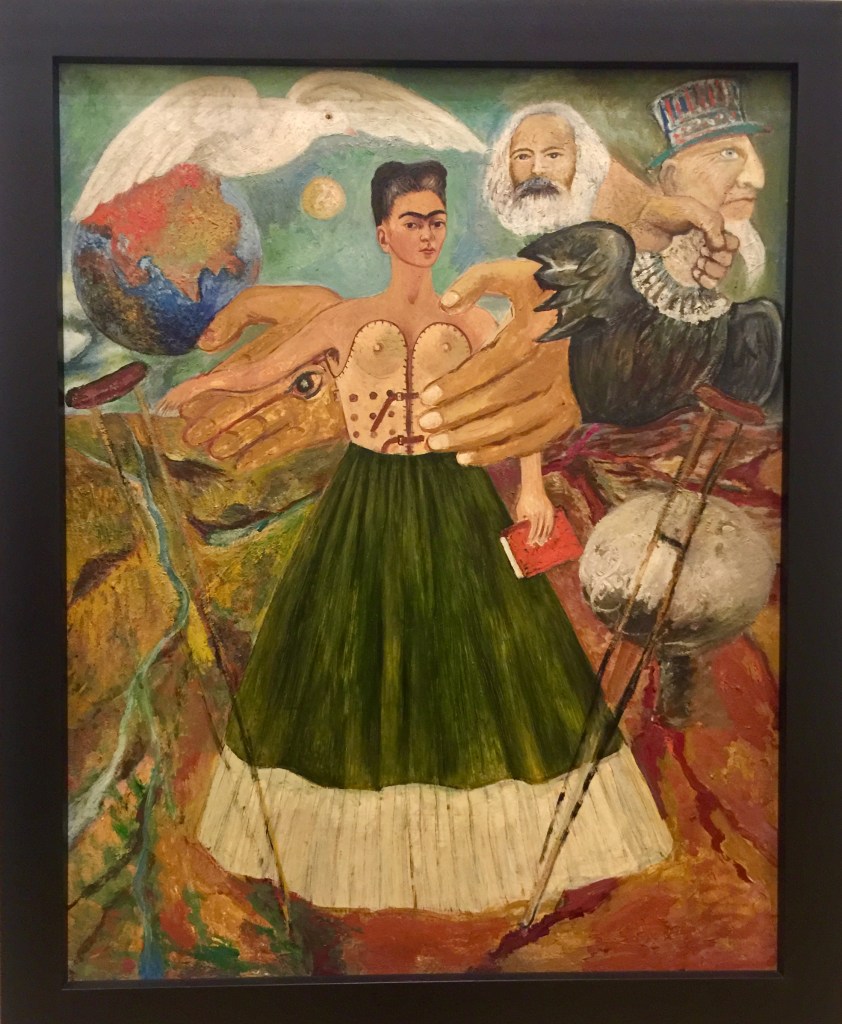
Marxism Will Bring Health to the Sick
Frida’s survival in the Mexico City tram accident of 1925 was eclipsed by her determination to not shatter her creative soul. “Passion is the bridge that takes you from pain to change.”
In Marxism Will Bring Health to the Sick she accepted that her own life of multiple surgeries followed by months being bedridden and still frequently in pain would not dim creativity in art, love or politics.
Whether camping across the North American continent, being honored in Paris or her love affair with Leon Trotsky, physical disabilities may have complicated plans but never stopped her.
“Diego was everything; my child, my lover, my universe.”

Casa Azul is blue. It was her home and that of her husband the renowned Mexican bad-boy creative genius Diego Rivera. Their relationship lasted her lifetime and his connection to Casa Azul until his death.
“There have been two great accidents in my life. One was the trolley, and the other was Diego. Diego was by far the worst.” The friction between these titans matched their artistic legends. Both had numerous lovers – “Take a lover who looks at you like maybe you are a bourbon biscuit.” They divorced in 1939 but remarried a year later.
Perhaps she shed insight on both their personalities, “I was born a bitch; I was born a painter.”
Yet in the garden of Casa Azul there’s a photo taken of Frida and Diego as they stand on the terrace that’s just above. Their eyes are locked. The tension of mutual passion, competition and life’s complexities is captured in a photo.
“I am not sick. I am broken. But I am happy to be alive as long as I can paint.”

A horrific tram accident in Mexico City in 1925 when Freda was only in her late teens ought to have killed her. Instead it left her, in her own words, “broken.” Her spine had been fractured in multiple places, her right leg in 11 as well as the pelvic bone and collarbone. She also suffered severe internal injuries.
She was a pre-med student. Her injuries, pain and long periods in bed became the catalyst for an artistic expression of her life experience. In the process she created a unique life experience that has inspired many.
I am sure the comfortable, airy, light filled studio on the second floor in Casa Azul is neater than it was when a working room. Frida had space with most essentials easily accessed, and large windows overlooked the garden courtyard. In the center was her easel.
The easel is as it would have been the last couple years of her life. A still life, which she enjoyed painting – “I paint flowers so they will not die” – may have more meaning than simply a pretty picture, and it was the wheelchair that caught my eye last.
Its brown color blended into the studio as if her disabilities were of little importance. Frida had lost her feet a few years before her death, but that did not dampen her great passion… as long as she could paint.
“I want a storm to come and flood us into a song that no one wrote.”

Frida Kahlo’s Death Mask rests on her bed in Casa Azul. There is serenity to her face, especially after a life of pain, yet not a countenance of finality. She looks as if she’s sleeping as she had in that bed for so many years.
Frida may have said, “I hope the exit is joyful, and I hope never to return,” but does that mean she wanted creativity to stop. Perhaps the turbulence of storm and flood (written to one of her lovers) was freedom – being swept into an unknown reality. Behind those sleeping eyes she could be fashioning a new song.
When you go: Museo Frida Kahlo (Londres 247, Del Carmen, Coyoacán, 04100 Ciudad de México, CDMX) is 11 km (6.5 miles) from the historic center of Mexico City. It’s accessible by bus or taxi/Uber.
You can enjoy more by Travel with Pen and Palate at…
The Hellenic News of America
Travel with Pen and Palate Argentina
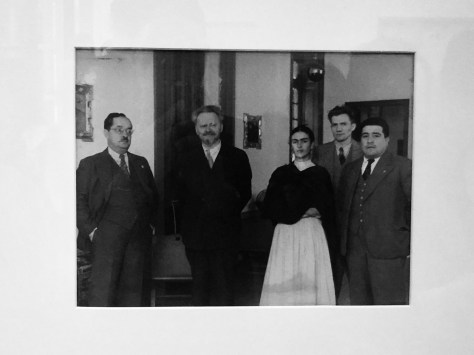




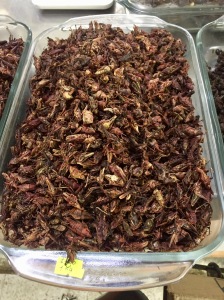



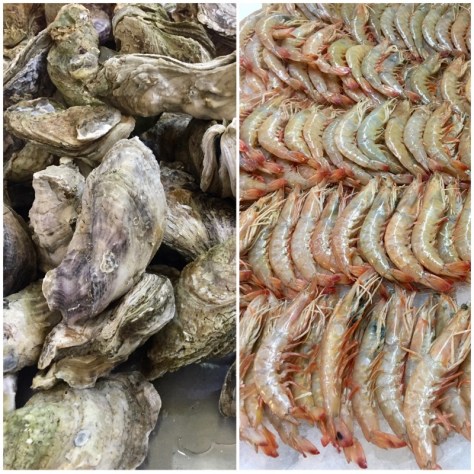


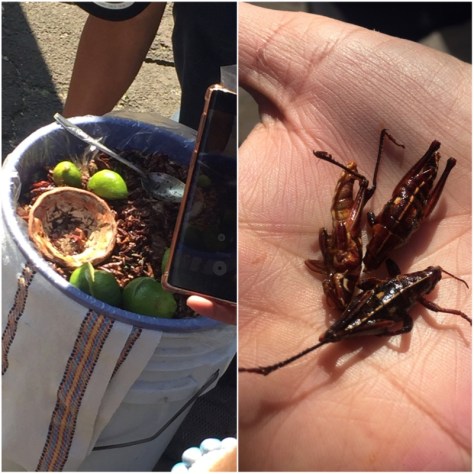

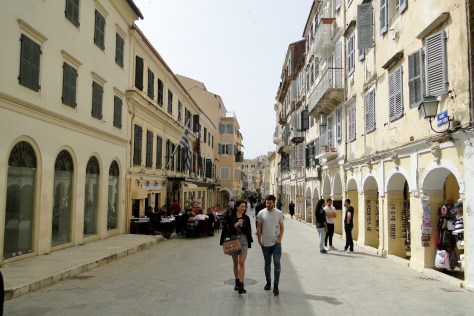













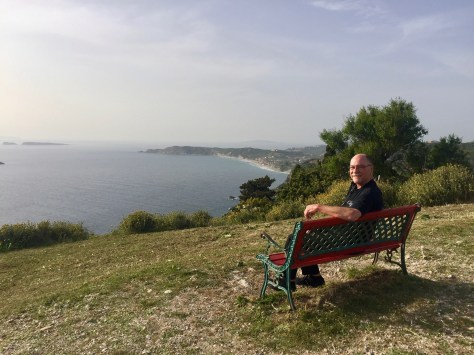



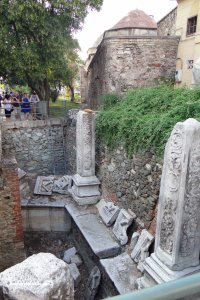
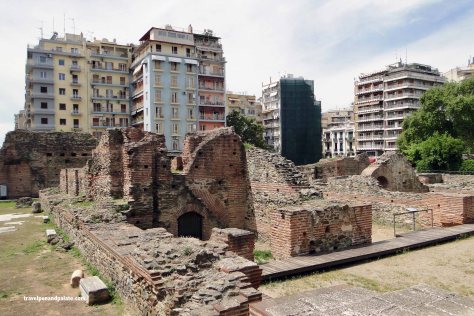
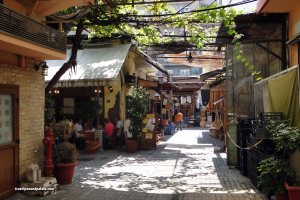
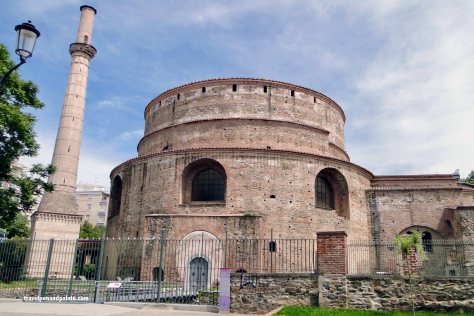







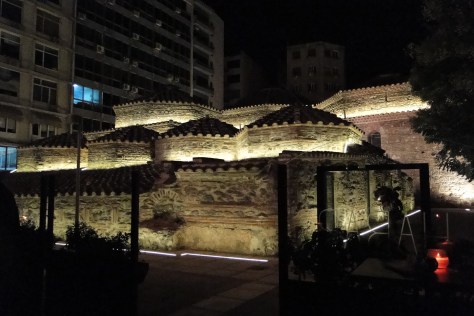















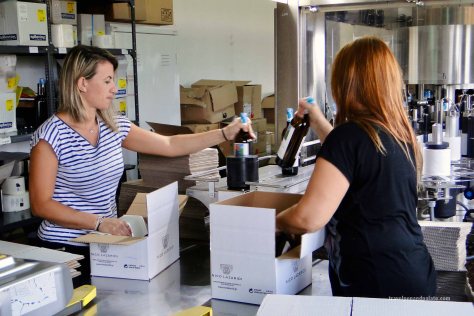

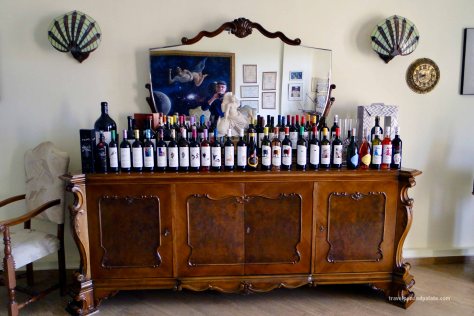
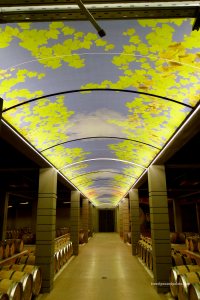


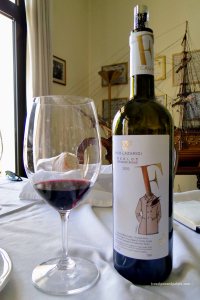




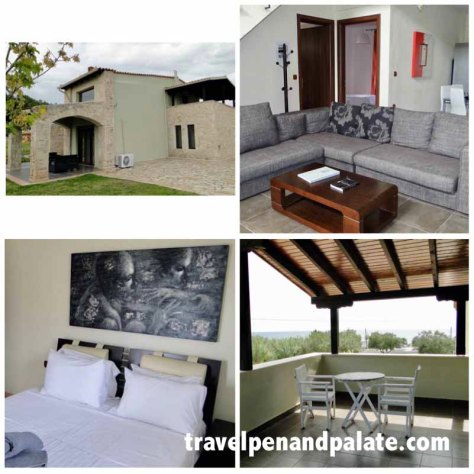


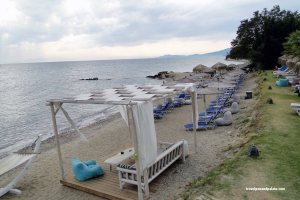 The compact beach and tree shaded grass lawn provides comfortable lounge chairs with service from the Aelia bar and restaurant and protected swimming in the clear Aegean.
The compact beach and tree shaded grass lawn provides comfortable lounge chairs with service from the Aelia bar and restaurant and protected swimming in the clear Aegean.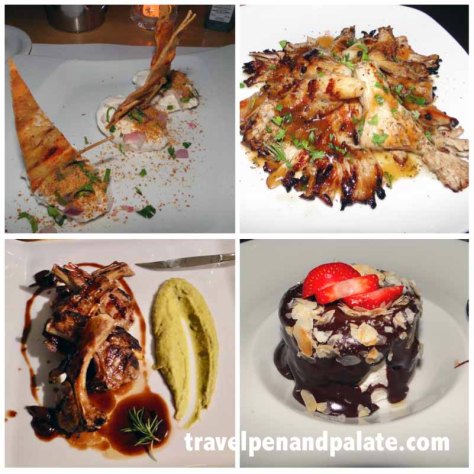



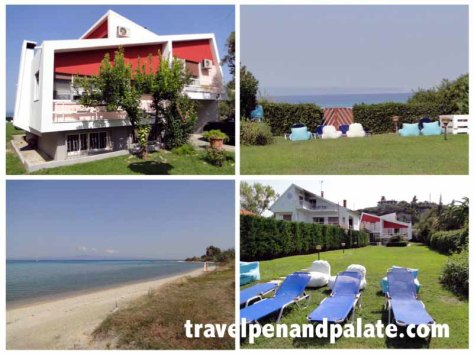
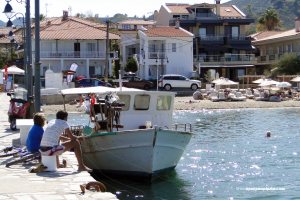
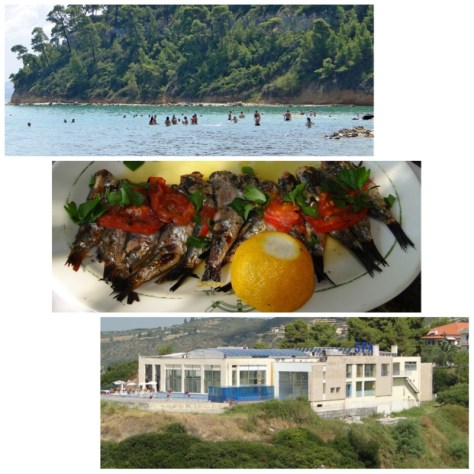


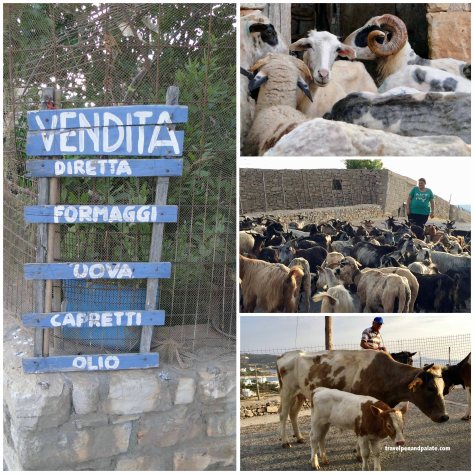
You must be logged in to post a comment.